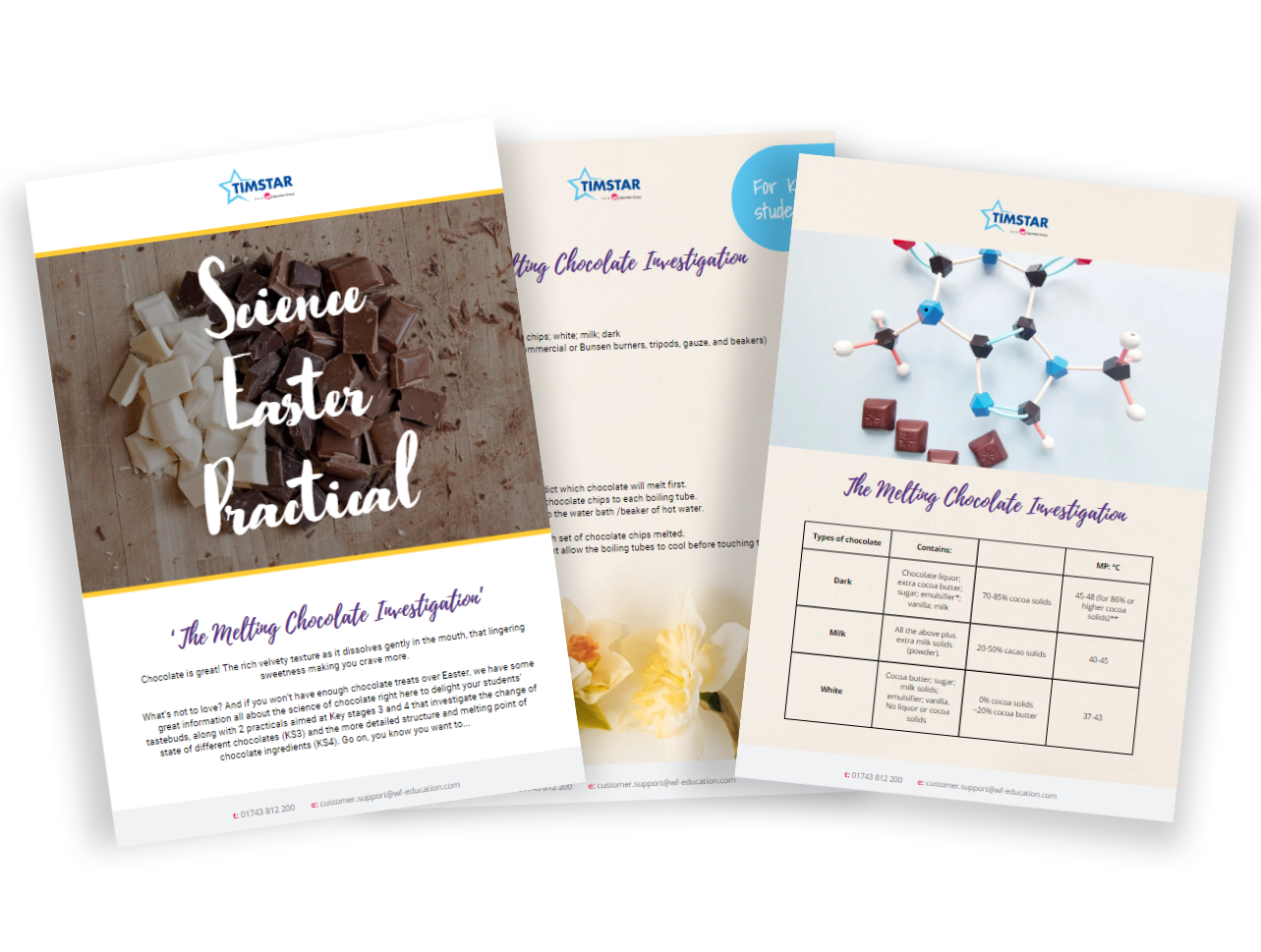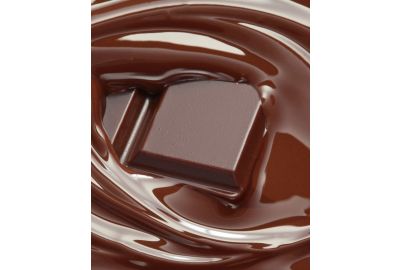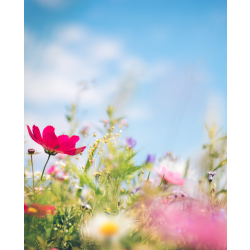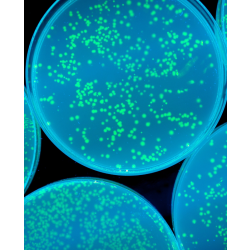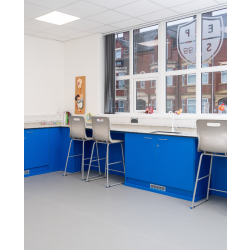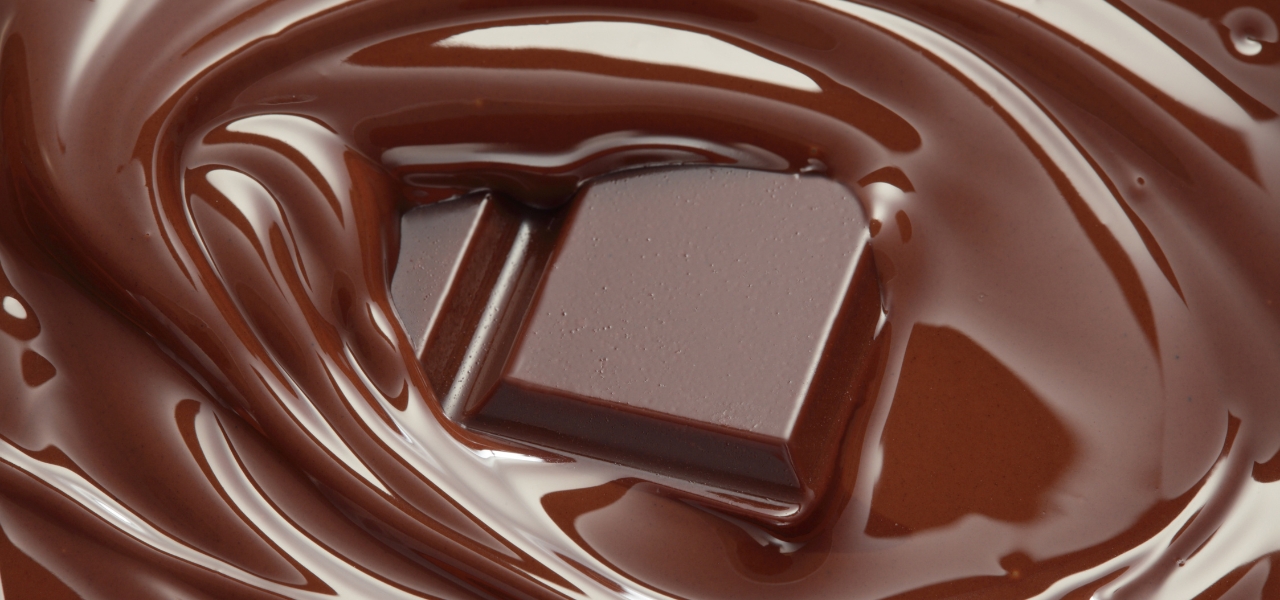

Discover Chocolate Easter Science Practicals
With two practicals for KS3 and KS4
Chocolate is great! The rich velvety texture as it dissolves gently in the mouth, that lingering sweetness making you crave more. What’s not to love?
And if you won’t have enough chocolate treats over Easter, we have some great information about the science of chocolate right here to delight your students’ tastebuds, along with two practicals aimed at Key stages 3 and 4 that investigate the change of state of different chocolates (KS3) , and the more detailed structure and melting point of chocolate ingredients (KS4).
Go on, you know you want to…


Let's Begin with Chocolate Facts:
- There is evidence for people using and making chocolate from the cacao tree as early as 1750BC.
- The Maya civilisation (middle/central America) were drinking a frothy bitter chocolate drink and using it in ceremonies by around 400BC.
- The most well-known is probably the Aztec culture (15th century) who came to adopt chocolate into their culture after colonising what would be Mexico, just north of the Mayan empire, although they didn’t grow the cacao, but imported it and took it as payment from those places who did grow it.
- Since then, it has never lost popularity, with Columbus bringing it to the masses in the 16th century, although it wasn’t seen in its present (tablet) form until the 1800s.


What Exactly is Chocolate?
- The starting point to making chocolate is with the Theobroma cacao tree, found near the equator and up to 20° north and south.
- Africa grows around 70% of the commercial cacao tree, with growing areas also found in North America (especially Mexico), South America and Asia.
- This tree has seed pods containing the cocoa bean, the inside of which is a cocoa ‘nib.’
- Three key chocolate ingredients are taken from the cocoa bean (seed). These are: chocolate liquor, cocoa butter, and cocoa powder. Together these are known as cacao and the % cacao is representative of the total proportion of these 3 ingredients in the final product.
- When cocoa beans (without shells) are roasted, and ground into a dense liquid, chocolate liquor is formed containing cocoa solids and cocoa butter.
- When chocolate liquor is pressed, rolled, mixed with sugar and other ingredients, heated, and cooled, chocolate is formed.
However, there are many different types of chocolate: white, milk, dark and an immense amount of taste and texture variation between and within them all.
The Cocoa Butter Phenonmenon


Cocoa butter is the main fat ingredient in any chocolate. It melts at just under body temperature (37°C). The centre of the cocoa bean houses the cocoa nib, which makes for about 50-60% of the cocoa butter.
The chemical formula for cocoa butter is C₅₅H₉₈O₆ and there are at least 6 arrangements (polymorphisms) that this structure can take. Each of these crystalline forms has different properties, including melting point; taste; texture; shine; strength and snap (how it breaks).
The ratio of these different forms of cocoa butter is (in part) achieved by heating and cooling, a process known as tempering, and leads to the many varieties of chocolate within the 3 basic types (white/milk/dark).
| Crystalline form of cocoa butter | Melting point | Characteristics | Conditions needed to increase proportion of each structure |
| I | 17.3 | Soft; crumbly | Rapidly cooling molten chocolate |
| II | 23.3 | Crumbly; easy melt | Cooling molten chocolate at 2°C |
| III | 25.5 | Firm; easy melt | Solidifying at 5-10°C |
| IV | 27.3 | Firmer; easy melt | Solidifying at 16-21°C |
| V | 33.8 | Best for eating: easy melt (just under body temp.); crisp snap | Solidifying while stirring (and tempering) |
| VI | 36.3 | Hard (used in army ration packs as doesn’t melt easily) | Stored at room temperature for months |
Of course, chocolate is more than cocoa butter. A mix of cocoa butter, chocolate liquor, cocoa solids, milk, sugar, emulsifier, flavour (vanilla) all combine to form one of the 3 distinct types of chocolate (speciality chocolate will add more ingredients, baking chocolate is made of more cocoa solids and less sugar making it more bitter).
The variety of dark chocolates is achieved by increasing the proportion of cocoa solids in the mix, more cocoa solids means more cocoa beans compared to other chocolate, and it starts to become more bitter. This can be mitigated by the addition of milk, to soften the flavour.

Melting Point Ranges of Chocolate:
| Type of chocolate | Contains: | % solids | MP: °C |
| Dark | Chocolate liquor; extra cocoa butter; sugar; emulsifier*; vanilla; milk | 70-85% cocoa solids | 45-48 (for 86% or higher cocoa solids)** |
| Milk | All the above plus extra milk solids (powder). | 20-50% cocoa solids | 40-45 |
| White | Cocoa butter; sugar; milk solids; emulsifier; vanilla. No liquor or cocoa solids | 0% cocoa solids ~20% cocoa butter |
37-43 |
*Usually lecithin. This aids binding of cocoa solids and sugars to the cocoa butter. Less cocoa butter will need more emulsifier.
**The darker the chocolate, (the higher percentage of cacao solids) the higher the melting point.
Chocolate melting points vary even within the type of chocolate (white, milk or dark) this is because chocolate is a mixture of different fats.
These varying ratios of cocoa butter fats will also change the texture of the chocolate.
Download KS3 and KS4 Chocolate Practicals
Discover two practicals aimed and KS3 and KS4. Investigate the change of state of different chocolates (KS3), and a more detailed structure and melting point of chocolate ingredients (KS4)...
